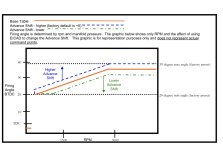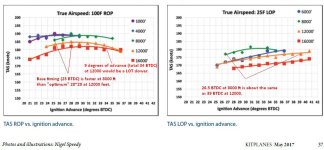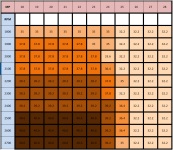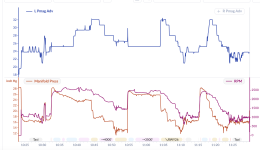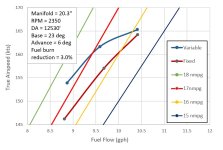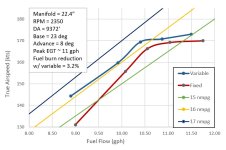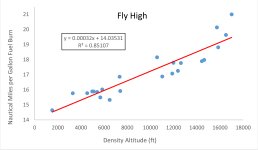rph142
Well Known Member
I’ve been chasing high cht’s since first flying my new Titan IO-370 w/9.6:1, cold air sump, dual p mags w/jumpers installed and afp fm150. It has a plenum which I designed under a Sam James cowl. I filed the flashing between fins, sealed every conceivable exit path with rtv, installed a lower cowl bump, installed two cowl flaps, and cleaned up the exit path all to no avail. On a recent trip I had cht’s hovering at 400-405f at 10500 msl and 80f oat and cruise power (I should note it was the hottest day on record on earth a couple hundred miles to the south in death valley). Regardless of the oat, this engine consistently ran hotter than the high compression IO-320 I had in my -3. Running LOP didn’t seem to make much of a difference.
This afternoon I decided to check the timing of both pmags. It turns out the factory installed them right at tc. Pmags must be shifted 1-6 degrees after tc in order to time the motor to the required 20 degrees btdc. I “reclocked” the mags @ +5 and test flew in 100f OAT. My cht’s are now peaking at 380f! No cowl flaps required!! I’m posting this as a cautionary tale for anyone chasing high cht’s. The engine also starts much easier and static WOT rpm is at least 20rpm higher.
This afternoon I decided to check the timing of both pmags. It turns out the factory installed them right at tc. Pmags must be shifted 1-6 degrees after tc in order to time the motor to the required 20 degrees btdc. I “reclocked” the mags @ +5 and test flew in 100f OAT. My cht’s are now peaking at 380f! No cowl flaps required!! I’m posting this as a cautionary tale for anyone chasing high cht’s. The engine also starts much easier and static WOT rpm is at least 20rpm higher.
Last edited:

